Stability Evaluation of Sustainable Development Ability of Financial Management of Environmental Protection Companies Facing Artificial Intelligence
DOI: 10.23977/infse.2024.050221 | Downloads: 82 | Views: 1365
Author(s)
Pingping Gan 1, Jinling Li 1
Affiliation(s)
1 School of Economics and Finance, Xi'an Jiaotong University City College, Xi'an, Shaanxi, 710018, China
Corresponding Author
Pingping GanABSTRACT
As the economy continuously develops, environmental problems are becoming increasingly serious. Companies need to improve their competitiveness if they want to continue to develop steadily. In order to compete for customers and expand the scale of sales, companies would carry out various credit sales methods to attract more customers and gain more profits under the fierce marketization, but at the same time, a large amount of waste would be discharged into the ecological environment, resulting in ecological damage and environmental pollution. This has seriously affected the economic benefits. Therefore, it needs to be scientifically and effectively controlled and managed to achieve sustainable development. This paper proposed to apply Artificial Intelligence (AI) to the Financial Management (FM) of environment-friendly companies, analyze the stability of the sustainable development ability of company FM, and put forward countermeasures to realize the sustainable development strategy of environment-friendly company FM by analyzing the problems related to the implementation of the financial strategy of environment-friendly companies. Through the company development environmental protection index test, company sustainable development stability test and management model comprehensive scoring test of different environment-friendly companies, it was found that AI can effectively reduce the financial risk index in the FM of environment-friendly companies. The application of AI has improved the development and environmental protection index of companies. The company FM model based on AI can improve the stability of the sustainable development ability of environmental protection company FM. Applying AI to company FM can improve its comprehensive score, and the comprehensive score of management mode has increased by 7.8%.
KEYWORDS
Sustainable Development Capability, Environmentally Friendly Companies, Financial Management, Artificial IntelligenceCITE THIS PAPER
Pingping Gan, Jinling Li, Stability Evaluation of Sustainable Development Ability of Financial Management of Environmental Protection Companies Facing Artificial Intelligence. Information Systems and Economics (2024) Vol. 5: 159-167. DOI: http://dx.doi.org/10.23977/infse.2024.050221.
REFERENCES
[1] Tkachenko, Volodymyr. "Development and effectiveness of financial potential management of enterprises in modern conditions." Financial and credit activity problems of theory and practice 3.30 (2019): 85-94.
[2] Sosnovska, Olga, and Maksym Zhytar. "Financial architecture as the base of the financial safety of the enterprise." Baltic journal of economic studies 4.4 (2018): 334-340.
[3] Valaskova, Katarina, Tomas Kliestik, and Maria Kovacova. "Management of financial risks in Slovak enterprises using regression analysis." Oeconomia Copernicana 9.1 (2018): 105-121.
[4] Anyakoha, Chukwunonye. "Strategic management practice and micro-small enterprises financial performance in Imo, South East Nigeria." Acta Oeconomica Universitatis Selye 8.1 (2019): 41-52.
[5] PHAM, Cuong Duc. "The effect of capital structure on financial performance of Vietnamese listing pharmaceutical enterprises." The Journal of Asian Finance, Economics and Business 7.9 (2020): 329-340.
[6] Wei, Lin, Hanyue Yu, and Bin Li. "Advanced Artificial Intelligence Model for Financial Accounting Transformation Based on Enterprise Unstructured Text Data." Journal of Organizational and End User Computing (JOEUC) 34.8 (2022): 1-15.
[7] Tan, Zhiqi. "Research on risk Prediction of enterprise Financial management based on optimized BP neural network algorithm." Advances in Engineering Technology Research 2.1 (2022): 427.
[8] Cao, Yali, Yue Shao, and Hongxia Zhang. "Study on early warning of E-commerce enterprise financial risk based on deep learning algorithm." Electronic Commerce Research 22.1 (2022): 21-36.
[9] Azman, Nurul Akmar, Azlinah Mohamed, and Amsyar Mohmad Jamil. "Artificial intelligence in automated bookkeeping: a value-added function for small and medium enterprises." JOIV: International Journal on Informatics Visualization 5.3 (2021): 224-230.
[10] Gangi, Francesco. "Sustainable development and corporate governance in the financial system: Are environmentally friendly banks less risky?" Corporate Social Responsibility and Environmental Management 26.3 (2019): 529-547.
[11] Prihartono, M. Rizky Dwi, and Nadia Asandimitra. "Analysis factors influencing financial management behaviour." International Journal of Academic Research in Business and Social Sciences 8.8 (2018): 308-326.
[12] Nash, Robert, and Ajay Patel. "Instrumental variables analysis and the role of national culture in corporate finance." Financial Management 48.2 (2019): 385-416.
[13] Lui, Alison, and George William Lamb. "Artificial intelligence and augmented intelligence collaboration: regaining trust and confidence in the financial sector." Information & Communications Technology Law 27.3 (2018): 267-283.
[14] Lu, Yang. "Artificial intelligence: a survey on evolution, models, applications and future trends." Journal of Management Analytics 6.1 (2019): 1-29.
[15] Huang, Ming-Hui, Roland Rust, and Vojislav Maksimovic. "The feeling economy: Managing in the next generation of artificial intelligence (AI)." California Management Review 61.4 (2019): 43-65.
[16] Li, X. T., Wang, J., & Yang, C. Y. Risk prediction in financial management of listed companies based on optimized BP neural network under digital economy. Journal of Manufacturing Processes 35 (2023): 2045–2058.
| Downloads: | 20462 |
|---|---|
| Visits: | 529653 |
Sponsors, Associates, and Links
-
Accounting, Auditing and Finance

-
Industrial Engineering and Innovation Management
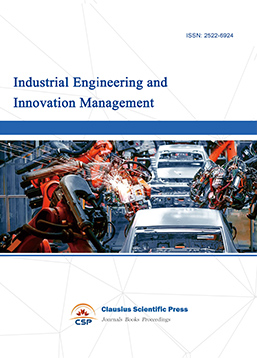
-
Tourism Management and Technology Economy

-
Journal of Computational and Financial Econometrics

-
Financial Engineering and Risk Management

-
Accounting and Corporate Management

-
Social Security and Administration Management

-
Population, Resources & Environmental Economics

-
Statistics & Quantitative Economics

-
Agricultural & Forestry Economics and Management
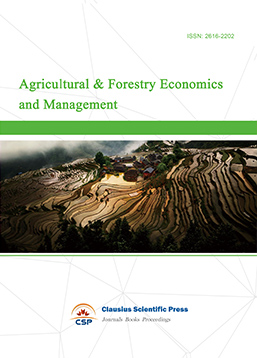
-
Social Medicine and Health Management
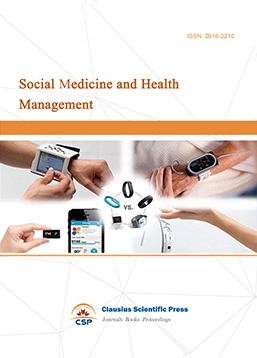
-
Land Resource Management
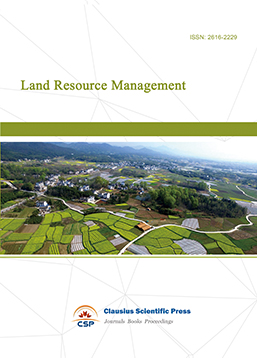
-
Information, Library and Archival Science

-
Journal of Human Resource Development

-
Manufacturing and Service Operations Management
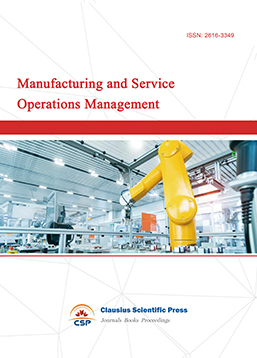
-
Operational Research and Cybernetics


 Download as PDF
Download as PDF